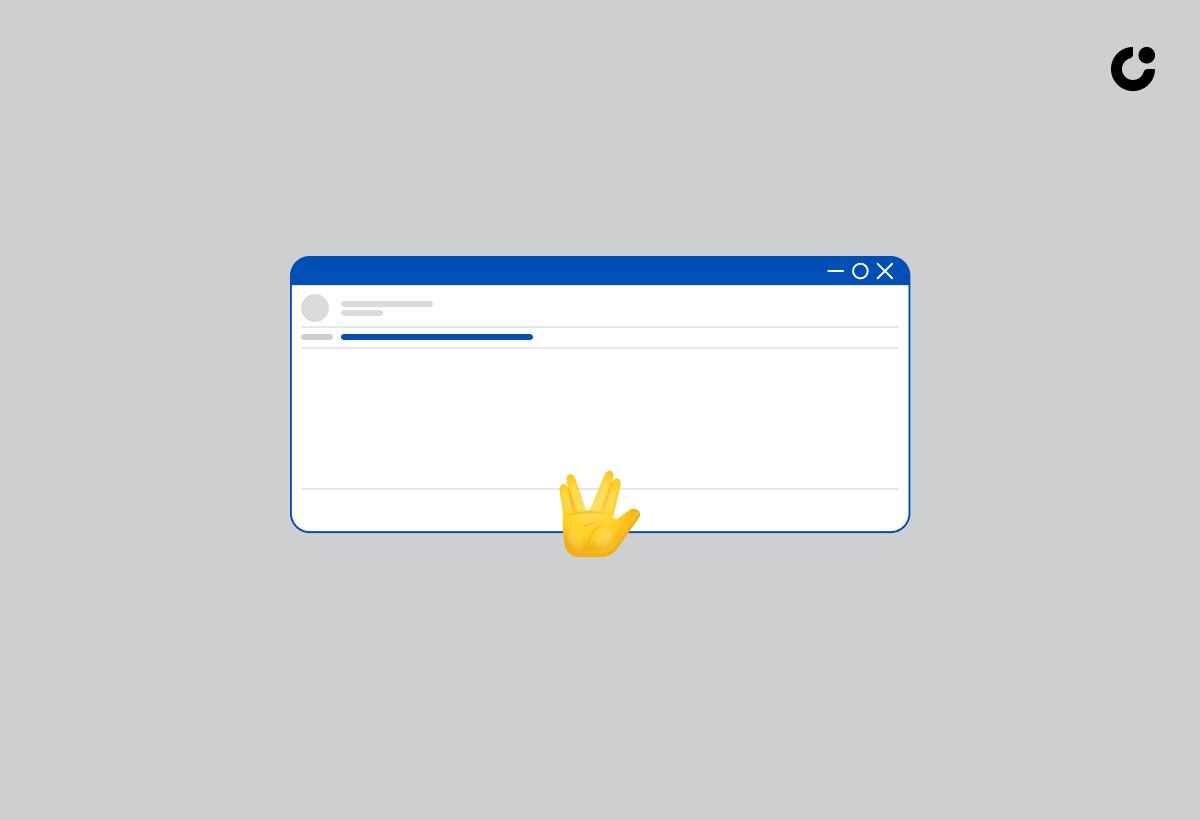In a world where email communication has become a standard form of interaction, understanding the nuances between formal and informal emails is crucial. Informal emails play a significant role in fostering a casual yet effective way of communication. From subject lines to greetings and closings, there are key elements that differentiate informal emails from their formal counterparts.
In this article, we will explore the importance of informal email communication, delve into the key elements of informal email format, and provide writing tips and sample emails to help you master the art of crafting casual conversations.
Key Takeaways:
Use a casual tone and language in informal emails to create a friendly and approachable atmosphere.
Keep messages concise and add personal touches to make the email more engaging and relatable.
Remember to include key elements such as subject line, greetings, and closings in the informal email format to maintain a professional yet casual tone.
Understanding Informal Email Writing
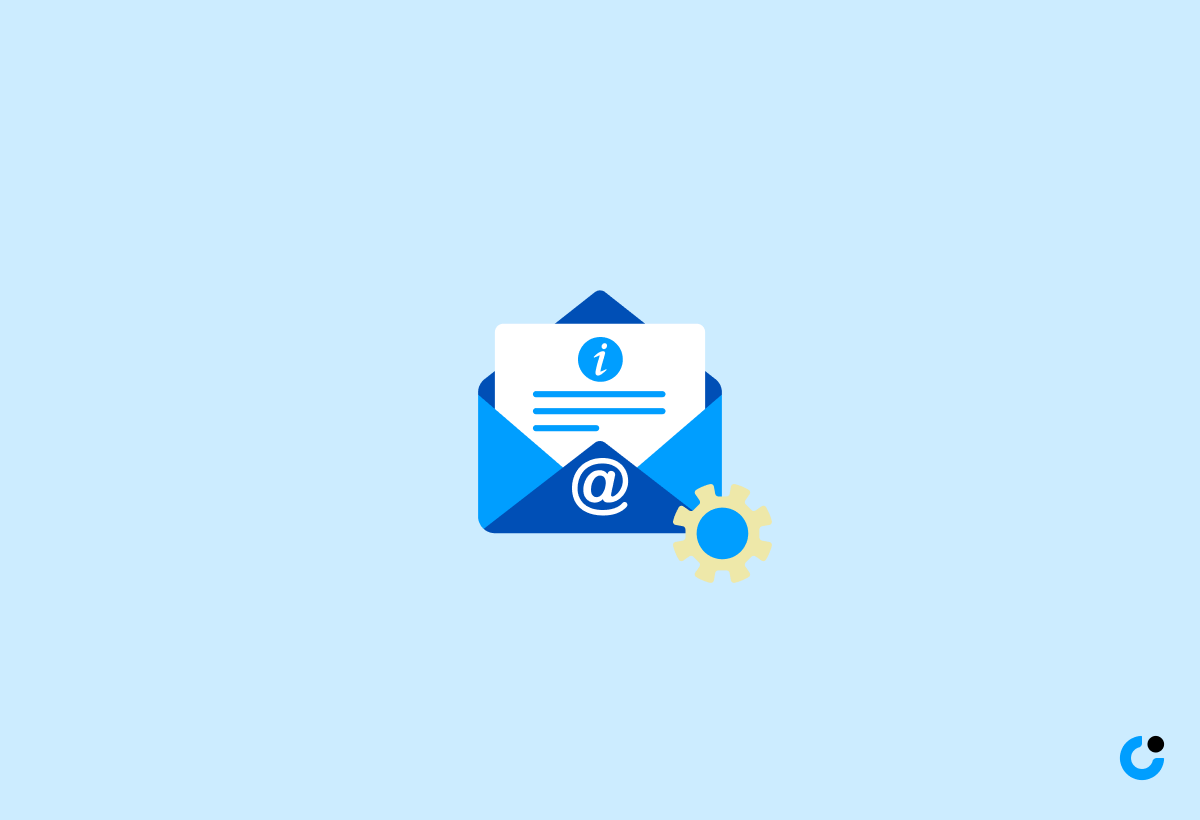
Understanding Informal Email Writing is crucial for effective communication in various contexts, be it personal or professional.
Informal emails allow for a more relaxed tone and conversational style, making them ideal for communication with friends, family, or colleagues you know well. They often include casual language, abbreviations, and emojis to convey warmth and familiarity.
On the other hand, formal emails are typically used when communicating with superiors, clients, or in a professional setting where respect and professionalism are key. These emails follow a more structured format, with proper salutations, clear subject lines, and concise language.
It's essential to adapt your email writing style to the recipient and the purpose of the communication. For instance, when sending an informal email to a close friend, you might start with a simple 'Hey there!' whereas a formal email to a superior would begin with 'Dear Mr./Ms. Last Name.' Understanding these nuances can enhance the effectiveness of your email communication and ensure that your message is received as intended.
Distinguishing between formal and informal emails
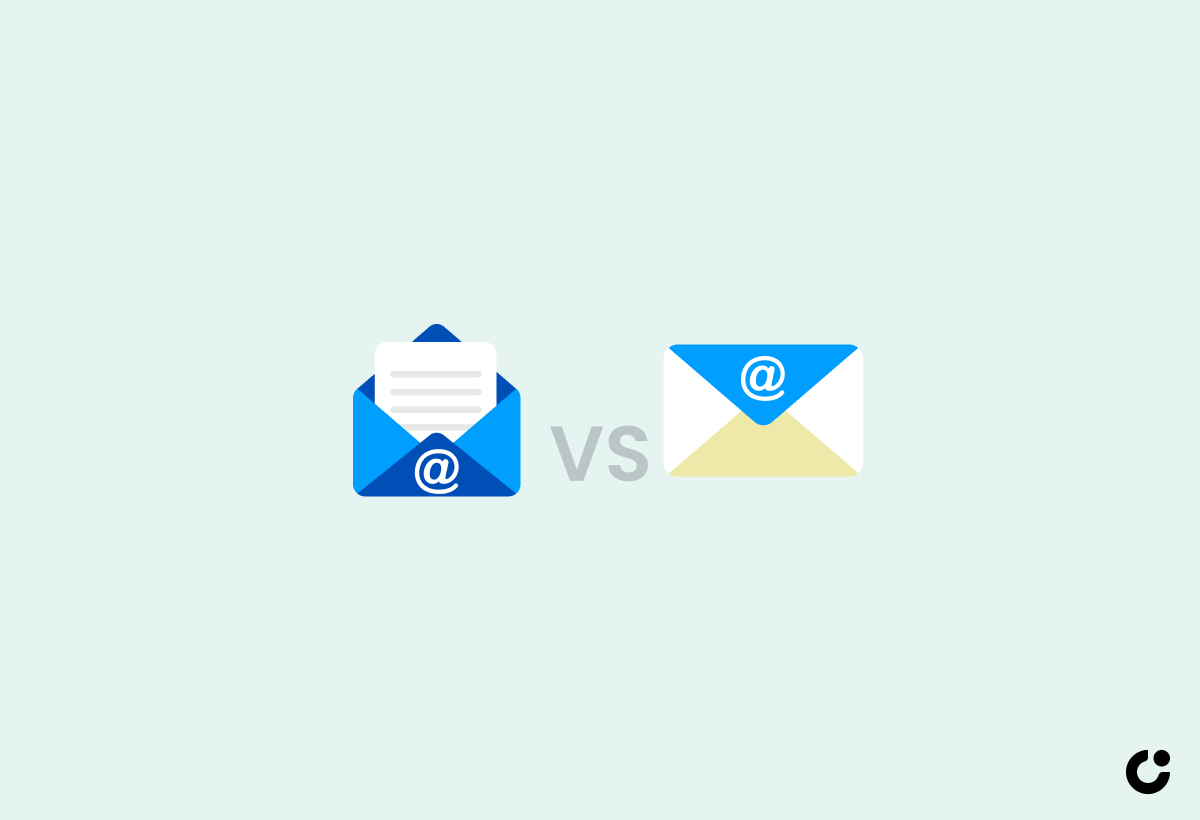
Distinguishing between formal and informal emails involves understanding the appropriate tone, structure, and language tailored to the recipient and context.
Formal emails typically follow a structured format with a professional tone, suitable for conveying information to superiors, clients, or in official settings. These emails often start with a formal salutation, use complete sentences, avoid contractions, and employ formal language throughout.
In contrast, informal emails are more relaxed, reflecting a conversational tone. They may include casual language, friendly greetings, emojis, and abbreviations. The tone in informal emails tends to be more personal and engaging, making communication feel more approachable and less rigid.
Importance of Informal Email Communication
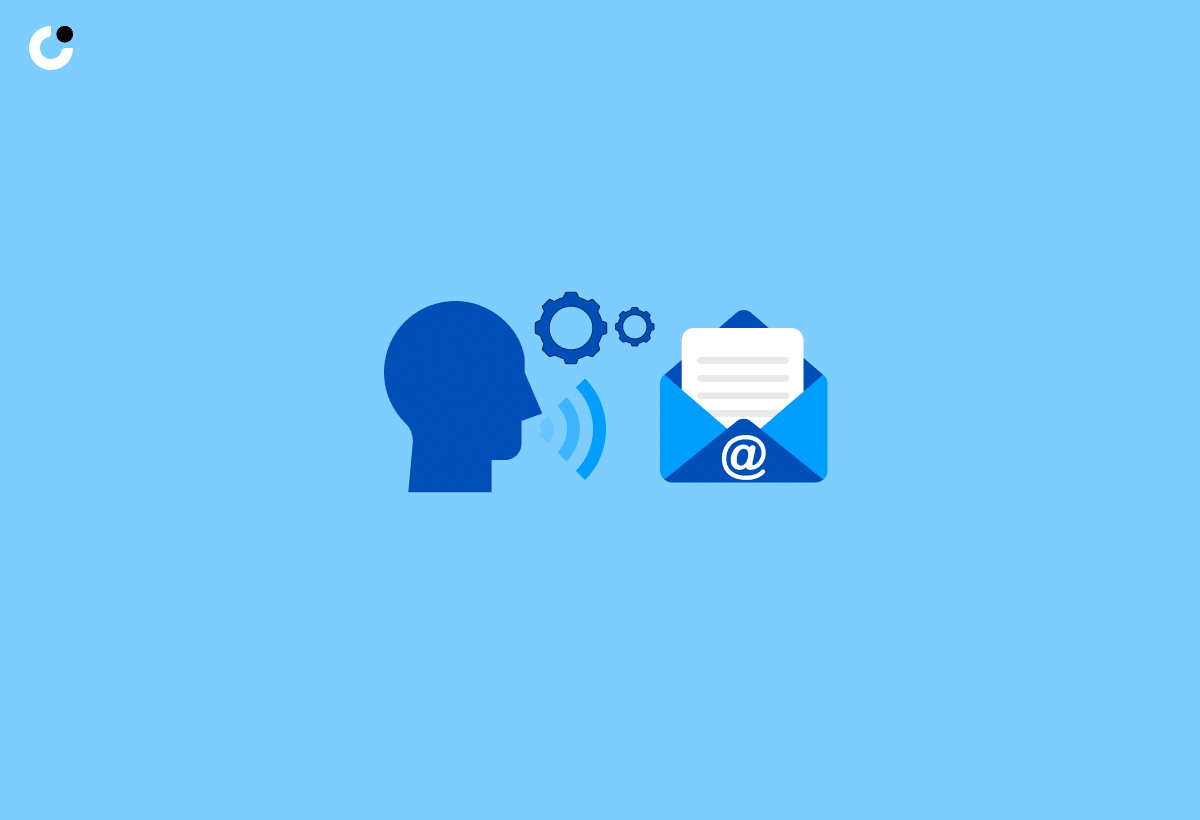
Informal Email Communication plays a pivotal role in fostering relationships, building rapport, and conveying messages with a personal touch.
Informal emails offer a way to connect authentically with recipients, allowing for a more relaxed and friendly tone that encourages open dialogue. Whether it's reaching out to a new contact, following up after a meeting, or sharing updates with a colleague, the informal nature of these emails can help in establishing a sense of camaraderie and trust.
This style of communication is not only effective in personal contexts but also proves invaluable in professional settings. By adding a touch of informality, emails can break down barriers, promote active listening, and foster better understanding of complex issues.
Key Elements of Informal Email Format
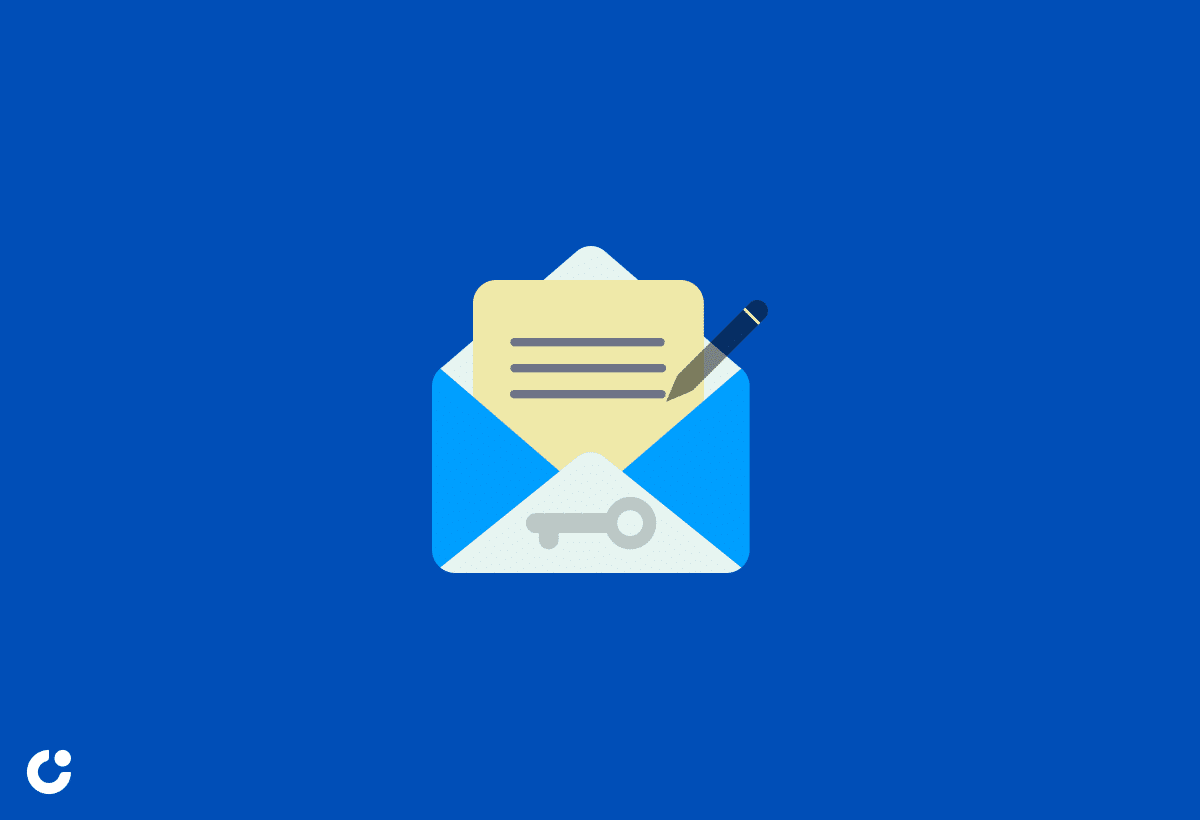
The Key Elements of Informal Email Format encompass aspects such as subject lines, greetings, and closing lines that set the tone for effective communication.
Regarding crafting an engaging subject line, it serves as the first impression of your email. This line should be catchy, concise, and relevant to the content in the email, enticing the reader to open it. A well-thought-out subject line can grab the recipient's attention and increase the chances of your email being read.
Choosing an appropriate greeting is another crucial component. Whether it's a simple 'Hi [Name],' 'Hey there,' or a more personalized opening, the greeting sets the tone for the rest of the message and helps in establishing a friendly connection. Understanding the recipient's relationship with you can help in selecting the right level of formality for the greeting.
The closing line is where you can leave a lasting impression. Opt for a warm, friendly sign-off like 'Best regards,' 'Take care,' or 'Looking forward to hearing from you.' This closing line not only concludes the email but also leaves the recipient with a positive note, fostering a sense of rapport and approachability in the communication."
Subject Line, Greetings, and Closings
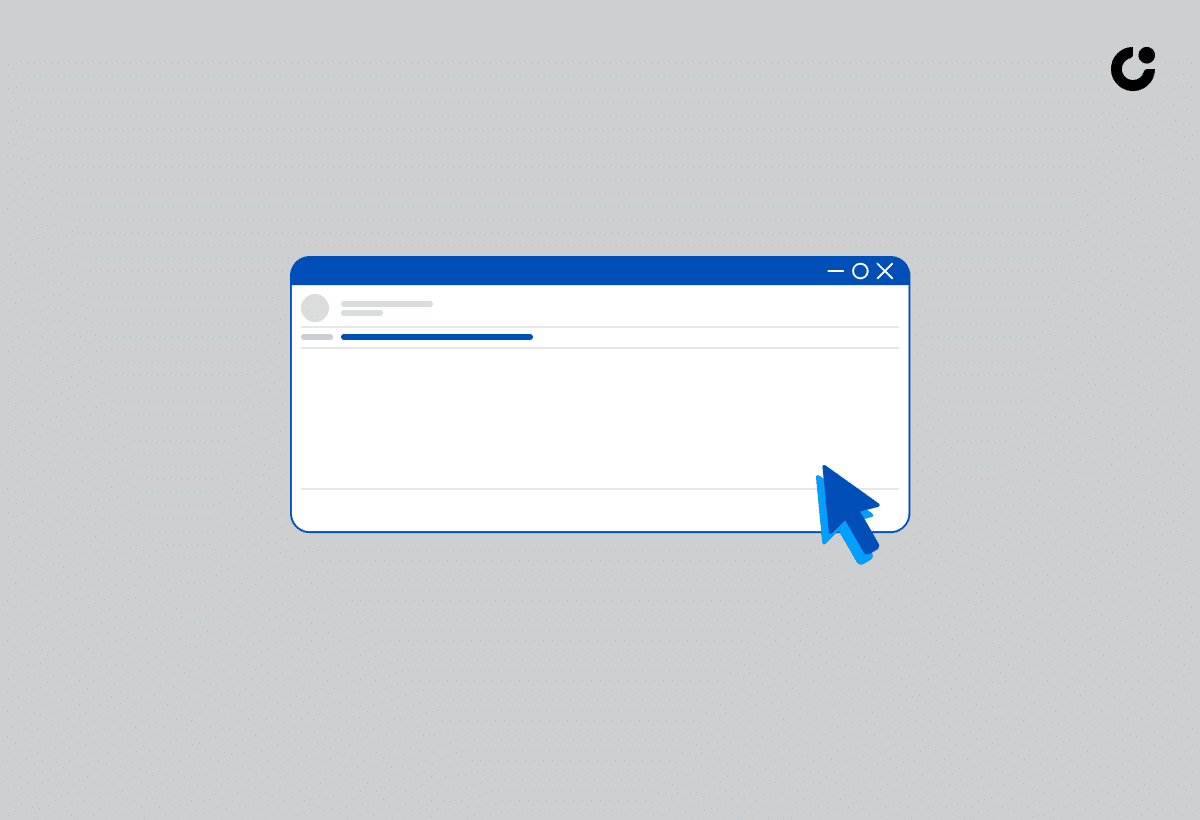
Subject Line, Greetings, and Closings are critical components of an informal email that set the stage for effective communication and relationship-building.
Crafting a compelling subject line is like creating the first impression—it determines whether your email gets opened or sent straight to the trash. A well-thought-out subject line captures the recipient's interest, hinting at the email's content while being concise and engaging.
Regarding greetings, selecting the right tone and level of familiarity is key. 'Hi [Recipient's Name]' for a more personal touch, 'Hello Team' for a group, or 'Good [morning/afternoon]' based on the time of day can all work effectively.
For closings, consider using 'Best regards' for a professional tone, 'Warmly' for a friendly touch, or 'Looking forward to hearing from you' to encourage a response.
Writing Tips for Informal Emails
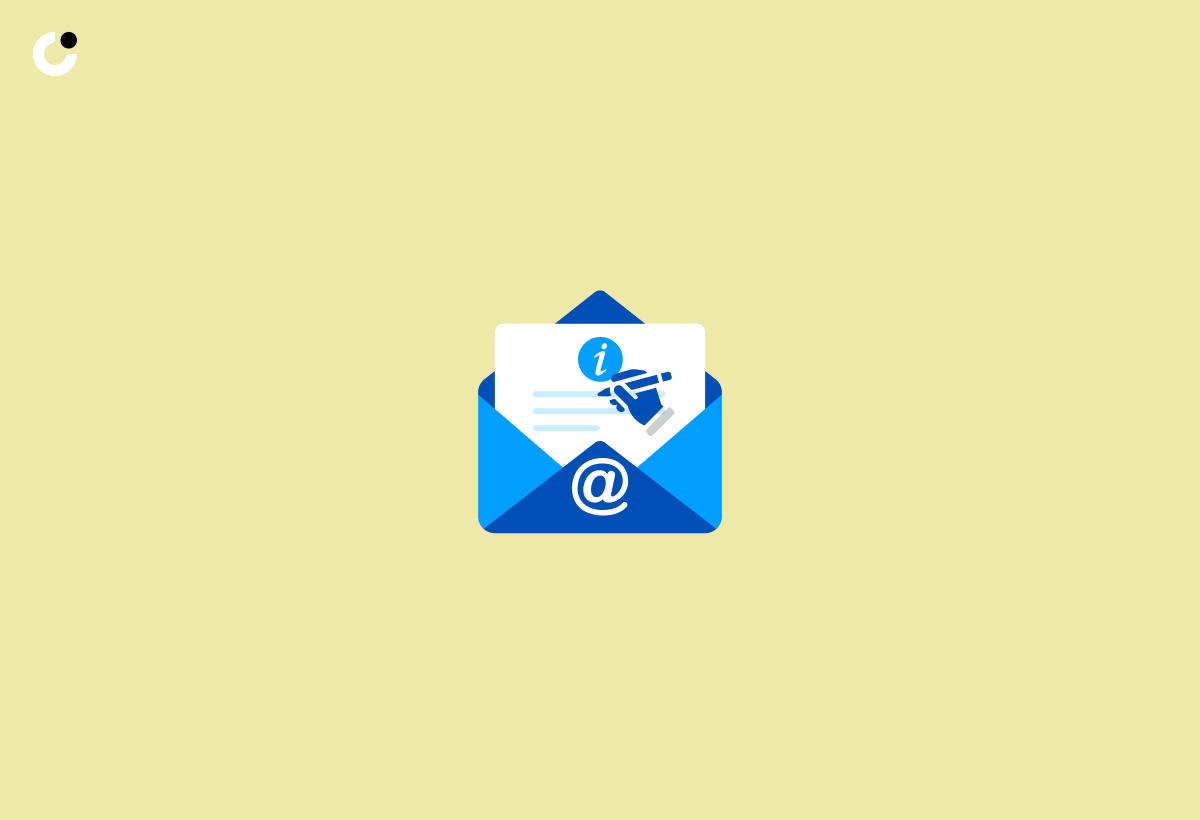
Writing Tips for Informal Emails focus on adopting a casual tone, using appropriate language, and infusing personal touches to enhance the connection with the recipient.
When crafting an informal email, it's crucial to strike a balance between professionalism and friendliness. Start by addressing the recipient in a warm and welcoming manner, perhaps using a simple greeting like 'Hi' or 'Hey' instead of a formal 'Dear.' This immediately sets a friendly tone for the conversation. Try incorporating casual language that resonates with the recipient. Avoid overly formal phrases and opt for a more conversational style to make your email feel more personal and approachable.
Incorporating Casual Tone and Language
Incorporating a Casual Tone and Language in informal emails creates a welcoming atmosphere and fosters a sense of connection with the reader.
When crafting these emails, it's essential to strike a balance between professionalism and approachability. Using everyday language and a relaxed tone can make the recipient feel more at ease and engaged, encouraging a genuine connection.
For instance, opening an email with a friendly greeting like 'Hey there!' rather than a more traditional 'Dear Mr. Smith' sets a different tone. Remember that using relatable language doesn't compromise professionalism but rather enhances the communication by making it more authentic and relatable.
Keeping Messages Concise and Friendly
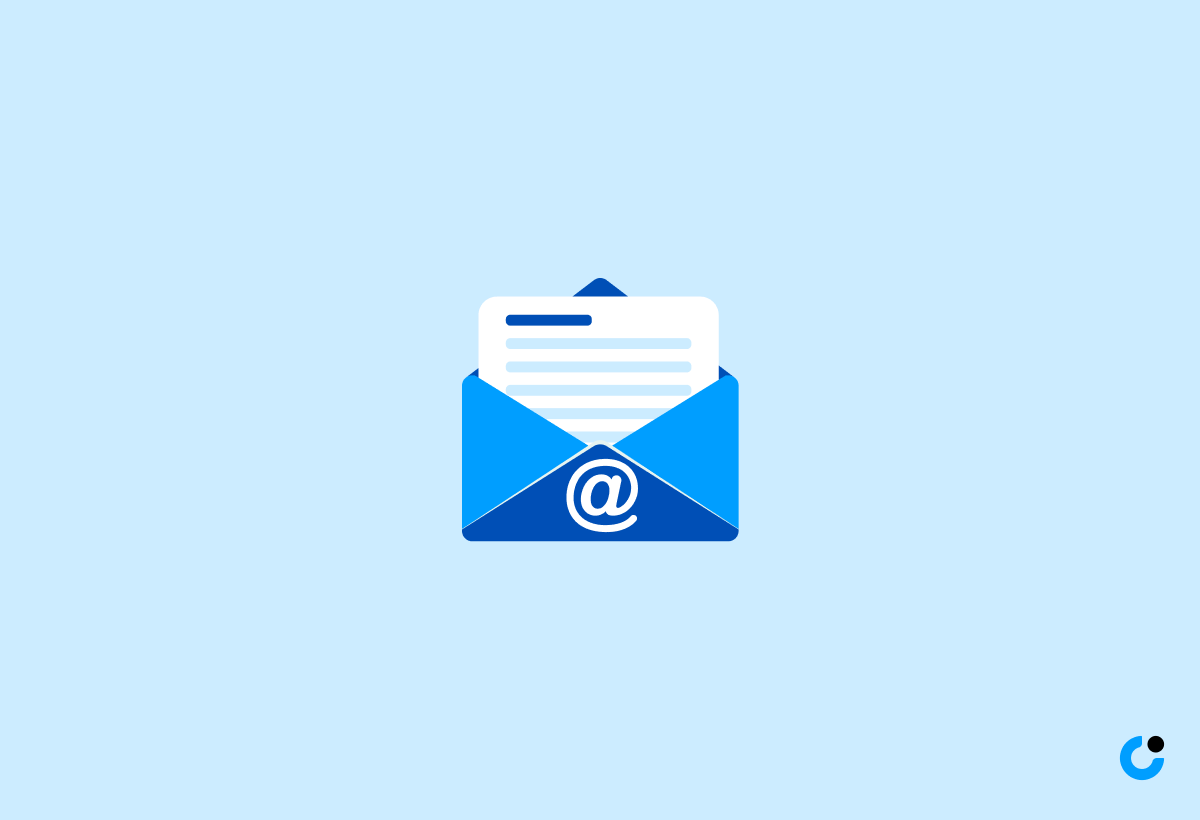
Keeping Messages Concise and Friendly in informal emails ensures clarity, engagement, and effective communication within a casual setting.
When crafting informal emails, it's crucial to strike a balance between brevity and warmth. Start by stating your main point upfront to grab the recipient's attention. Avoid lengthy paragraphs and opt for bullet points or lists to break down information logically.
Infusing your emails with a friendly tone can go a long way in fostering a positive relationship. Use appropriate greetings, express gratitude, and consider your phrasing to ensure a warm and approachable vibe.
Remember, the goal is to convey your message clearly without overwhelming the reader. Keep it simple, be considerate of the recipient's time, and always end on a positive note for a lasting impression.
Adding Personal Touches
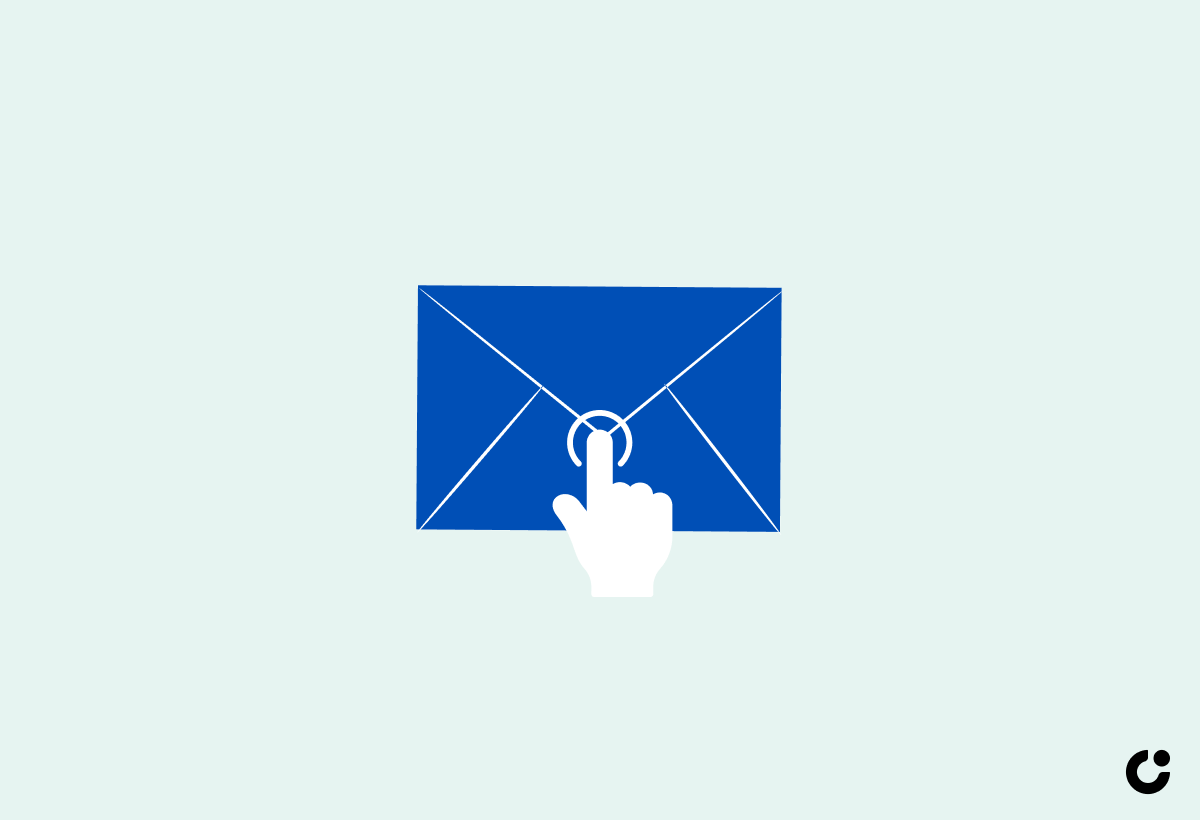
Adding Personal Touches to informal emails can deepen connections, convey sincerity, and make the recipient feel valued and appreciated.
Incorporating personal elements in emails showcases attention to detail and a genuine interest in the recipient. Sharing a relevant story, mentioning a common interest, or expressing gratitude can significantly enhance the overall tone of the message.
By infusing a bit of personality into your emails, you not only establish a stronger connection with the recipient but also create a more memorable exchange. Striking the right balance between professionalism and personalization ensures that your message is well-received and resonates with the reader.
Sample Informal Emails
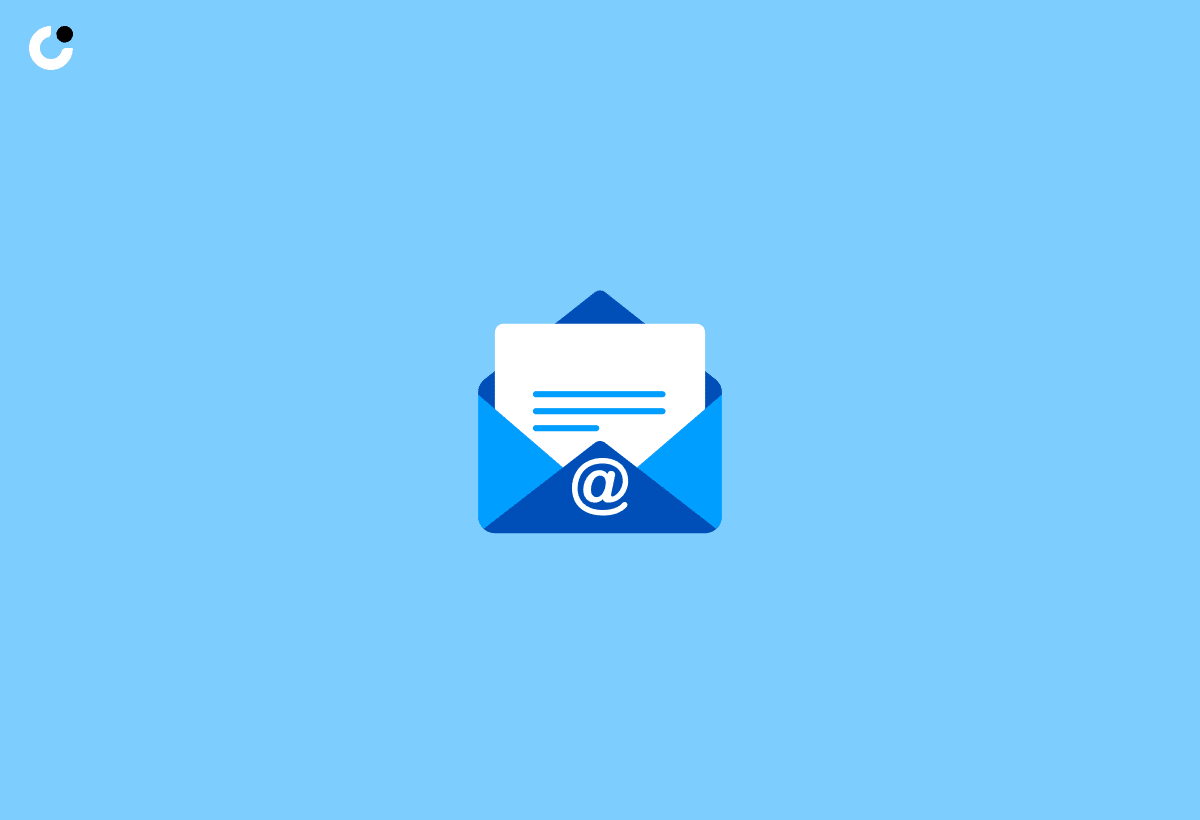
Sample Informal Emails provide practical insights into crafting engaging messages for various scenarios and contexts, offering templates for quick and effective communication.
For a personal interaction scenario, a warm and friendly tone is key. Begin by addressing the recipient with a casual greeting. Then, share your message with sincerity and personal touches.
In a social event invite, make sure to convey the excitement and provide clear details such as date, time, and location.
When networking professionally, maintain a professional yet approachable demeanor to build connections naturally. Remember, keeping it concise, using simple language, and adding a personal touch can make a significant impact in your email communications.
Various Scenarios and Templates
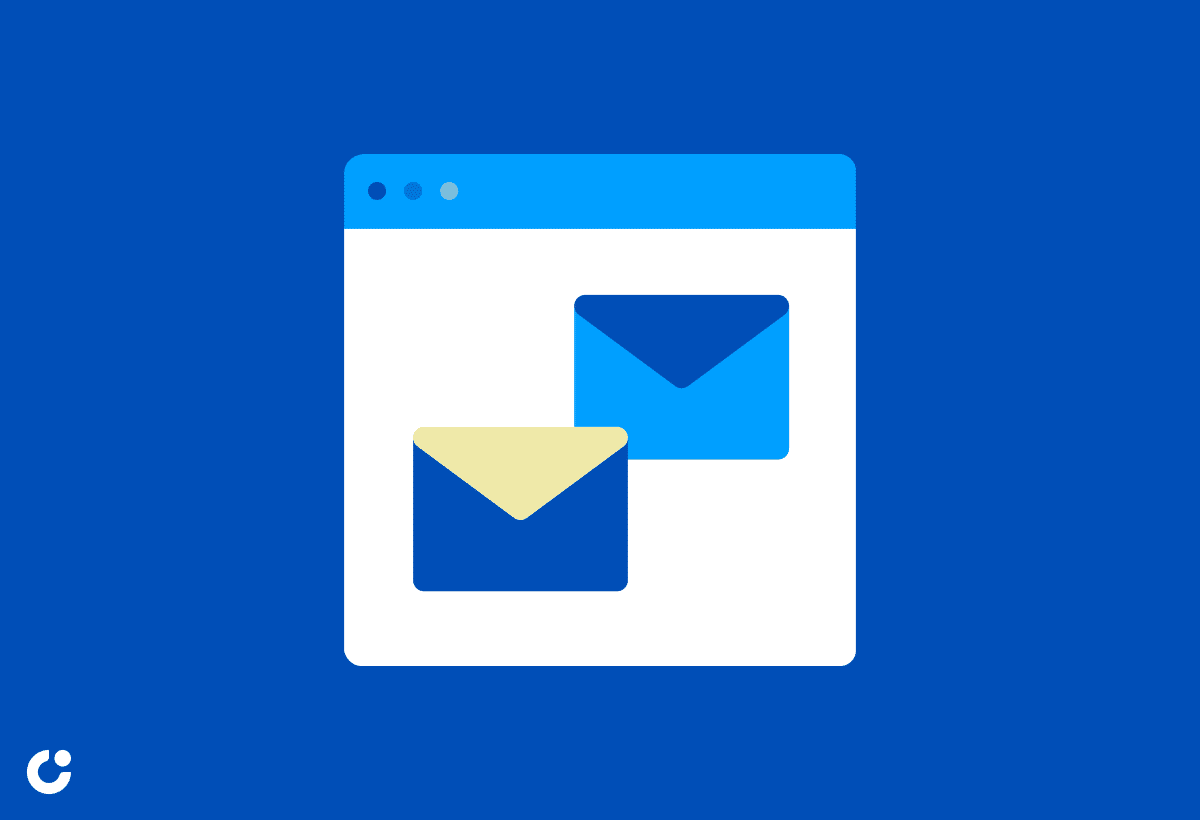
Exploring Various Scenarios and Templates for informal emails allows for a comprehensive understanding of applying the right tone and structure in different contexts.
Informal emails find their place in a variety of situations where a friendly and less formal tone is appropriate. For instance, when expressing gratitude to a colleague for their help on a project, a casual email can convey appreciation in a light-hearted manner.
Similarly, following up on a meeting with a brief informal email can help maintain a positive relationship with clients or partners. In such cases, the tone can be relaxed yet professional, acknowledging the discussion points and next steps.
Reaching out for a casual catch-up with a former colleague or friend can be best done through an informal email. It sets a friendly atmosphere, making the recipient feel comfortable and open to communication.
Conclusion
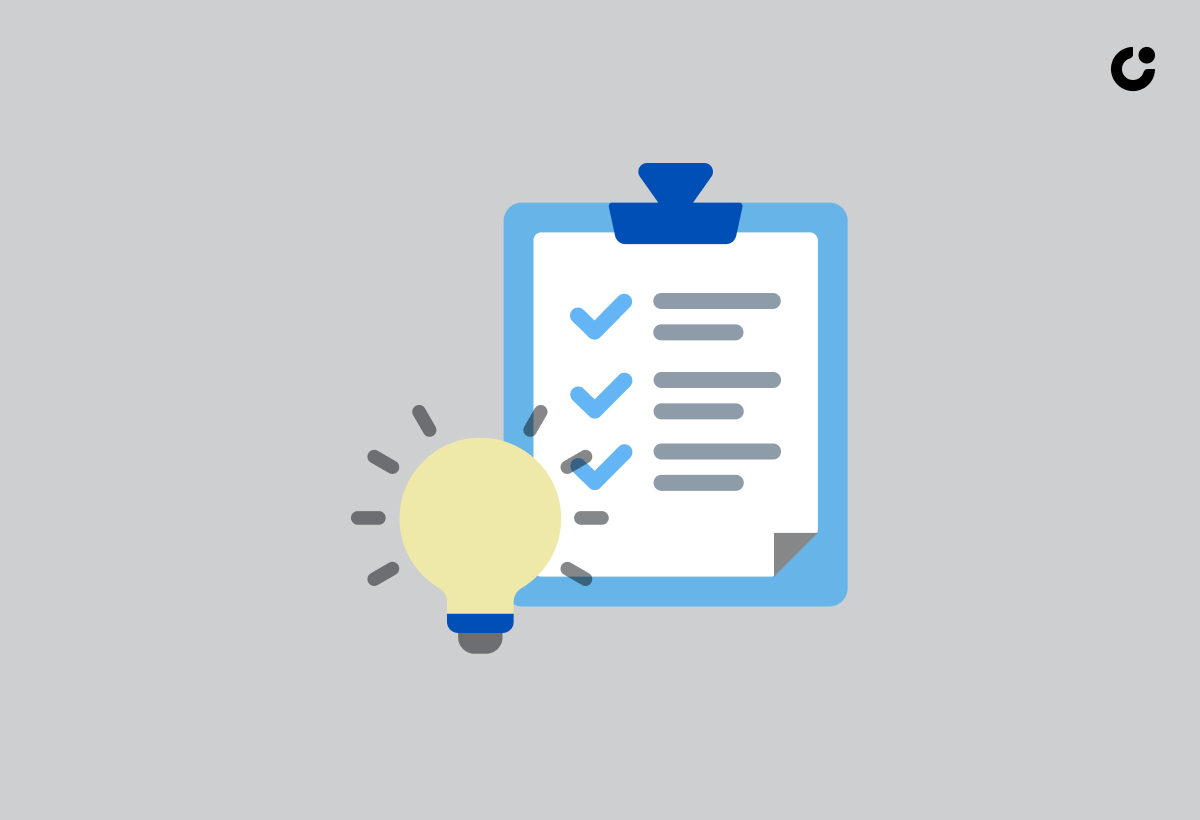
Mastering the art of Informal Email Writing can significantly enhance communication, strengthen relationships, and create meaningful connections through personalized and engaging messages.
When looking into the realm of informal email writing, it is crucial to remember that the tone and language used should be tailored to the specific recipient and context. By incorporating personal touches such as addressing the recipient by their first name or expressing genuine interest, one can establish a sense of familiarity and rapport.
Maintaining a casual tone throughout the email can foster a friendly and approachable atmosphere, making the communication more relatable and easy to digest for the reader.
Following best practices such as using clear and concise language, structuring the email for easy readability, and proofreading for any errors or misunderstandings can ensure that the message is effectively communicated and well-received.
Related Articles
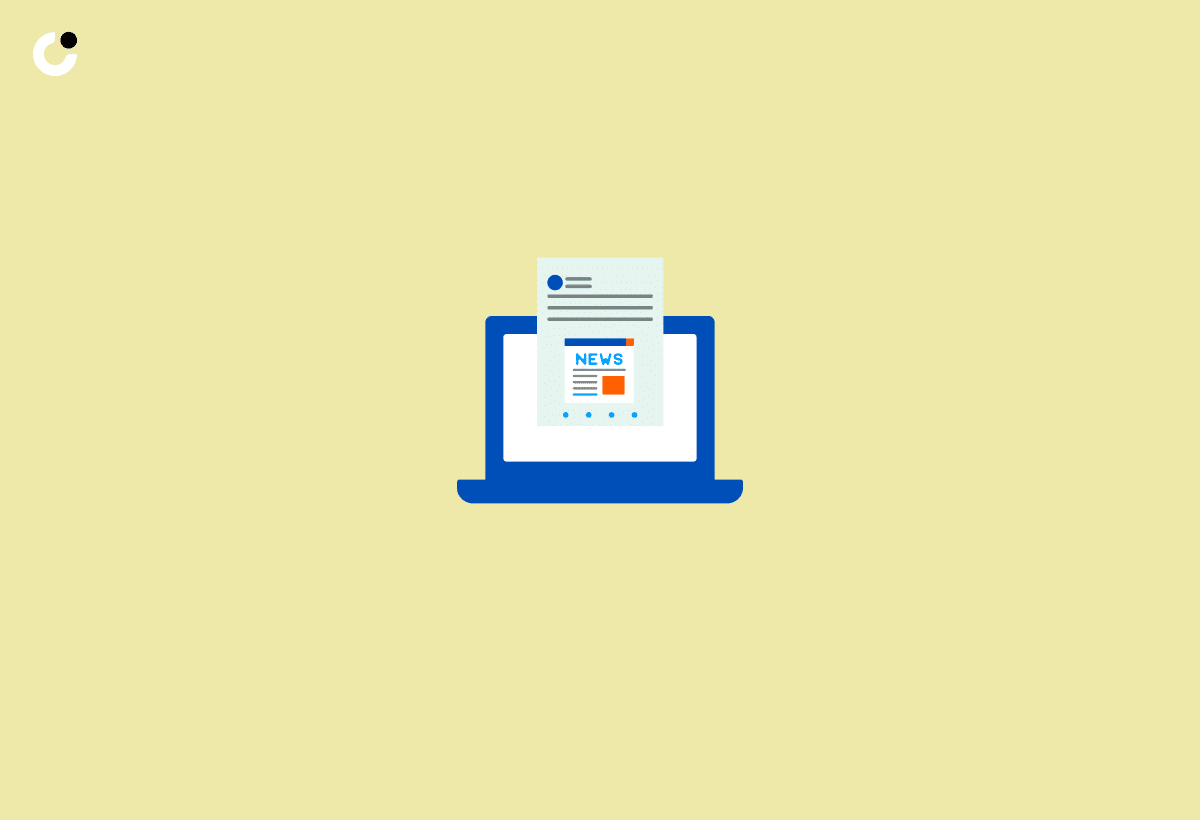
Explore a range of Related Articles that delve into email communication strategies for various scenarios, providing samples and expert insights on negotiating salary, writing appointment emails, replying to meeting invitations, and conducting price negotiations.
Regarding negotiating salary effectively via email, these articles offer valuable tips on how to frame your requests, justify your worth, and navigate potential counteroffers with finesse.
For crafting professional replies to meeting invitations, actionable templates and etiquette guidelines can help you respond promptly and courteously.
If you find yourself handling price negotiations with clients through email communication, you'll learn how to maintain a balance between asserting value and accommodating client needs, ensuring a successful deal while building lasting relationships.
Negotiating Salary Via Email with Samples
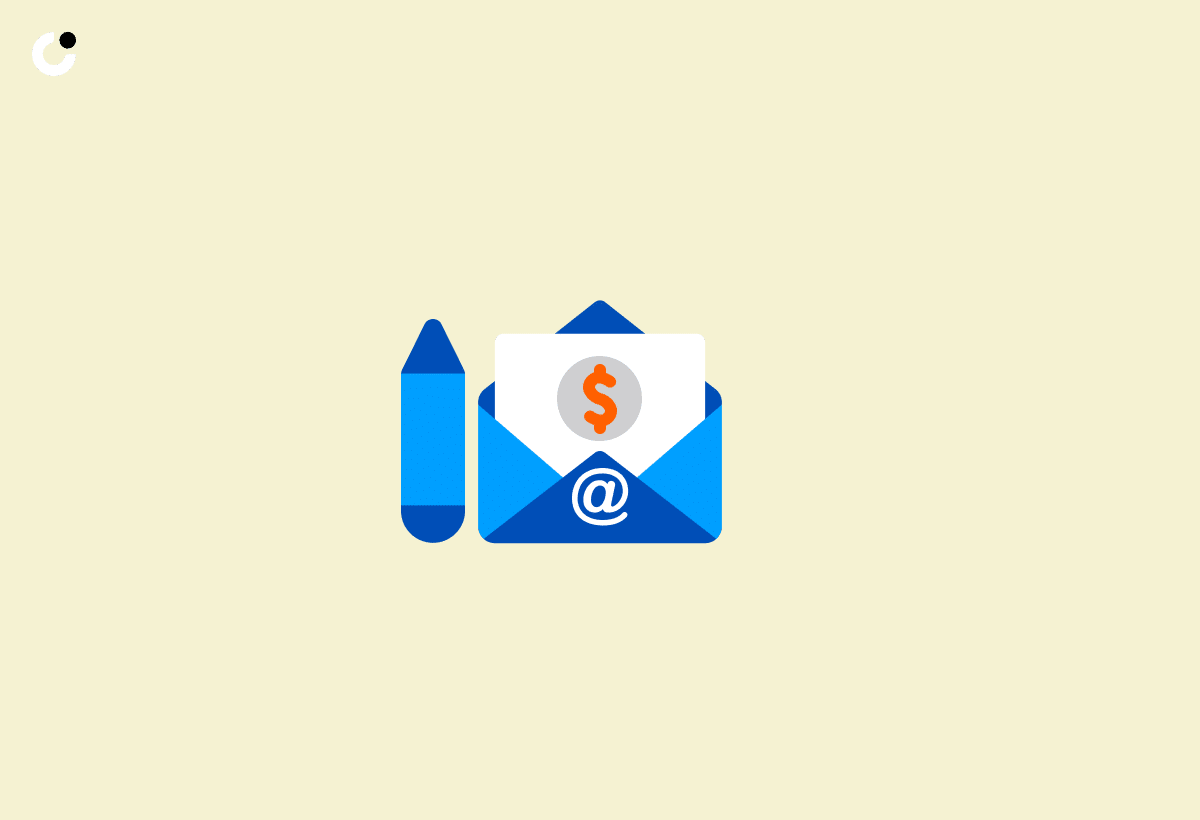
Negotiating Salary Via Email with Samples provides a comprehensive guide to navigating salary discussions through written correspondence, enhancing negotiation skills and achieving desired outcomes.
Regarding negotiating salary over email, it's crucial to craft your messages thoughtfully and strategically. A well-drafted email can help you present your case persuasively while maintaining professionalism. One key tip is to clearly outline your achievements, emphasizing the value you bring to the company. It's important to research industry standards and use that information to support your argument.
Counteroffers can be delicate, but with the right approach, you can effectively express your expectations while leaving room for continued discussion. Remember to express gratitude for the initial offer while expressing confidence in your worth. By striking a balance between assertiveness and diplomacy, you can increase your chances of achieving a favorable outcome.
Writing Appointment Emails with Expert Samples
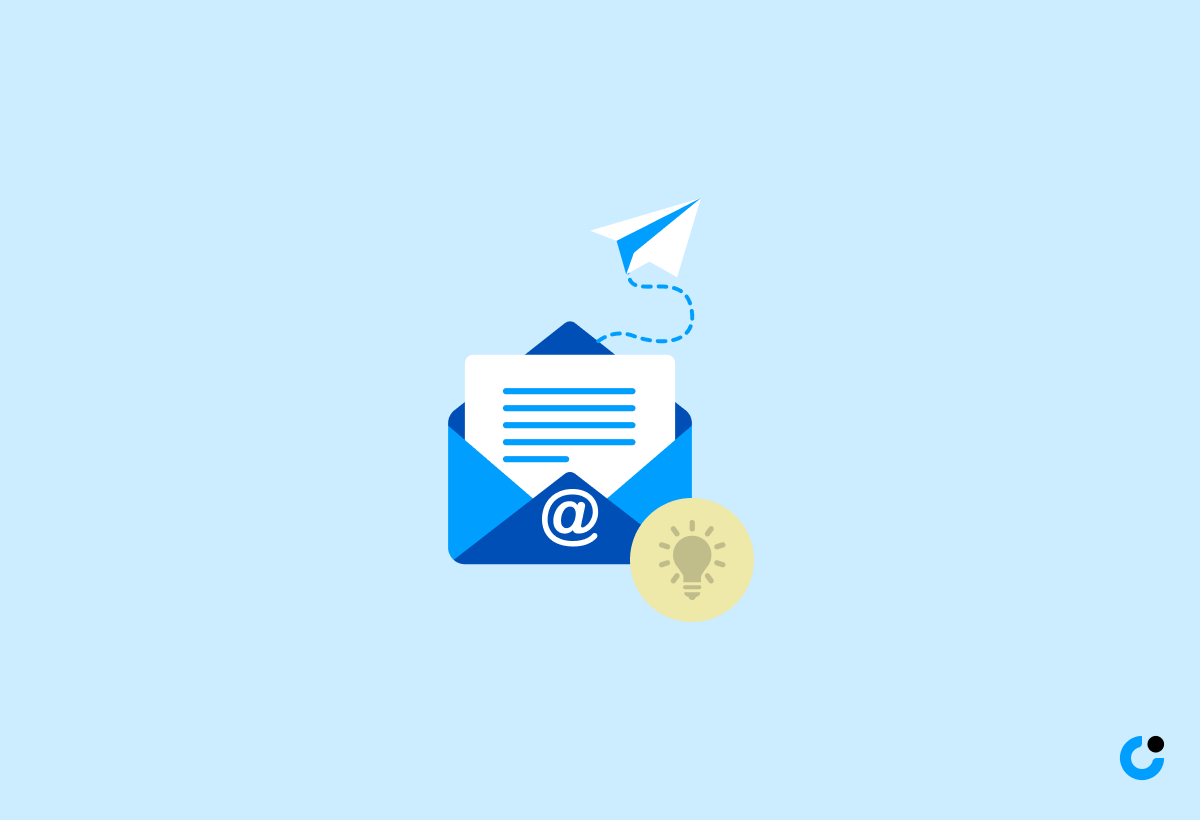
Writing Appointment Emails with Expert Samples equips readers with the necessary skills to craft compelling and professional emails for scheduling appointments, ensuring clear communication and effective coordination.
In the world of business and professional interactions, sending appointment emails that stand out is crucial for making a lasting impression. To achieve this, it is essential to pay attention to crucial elements such as the subject line, the body content, and the closing remarks. A well-structured appointment email not only conveys professionalism but also ensures that all parties involved are on the same page regarding the meeting details.
Providing clear options for availability and offering flexibility in scheduling can greatly enhance the chances of a successful appointment confirmation. By incorporating these strategies and utilizing tried-and-tested templates, individuals can streamline their communication process and foster productive relationships with clients, colleagues, or potential partners.
Replying to Meeting Invitation Emails with Templates
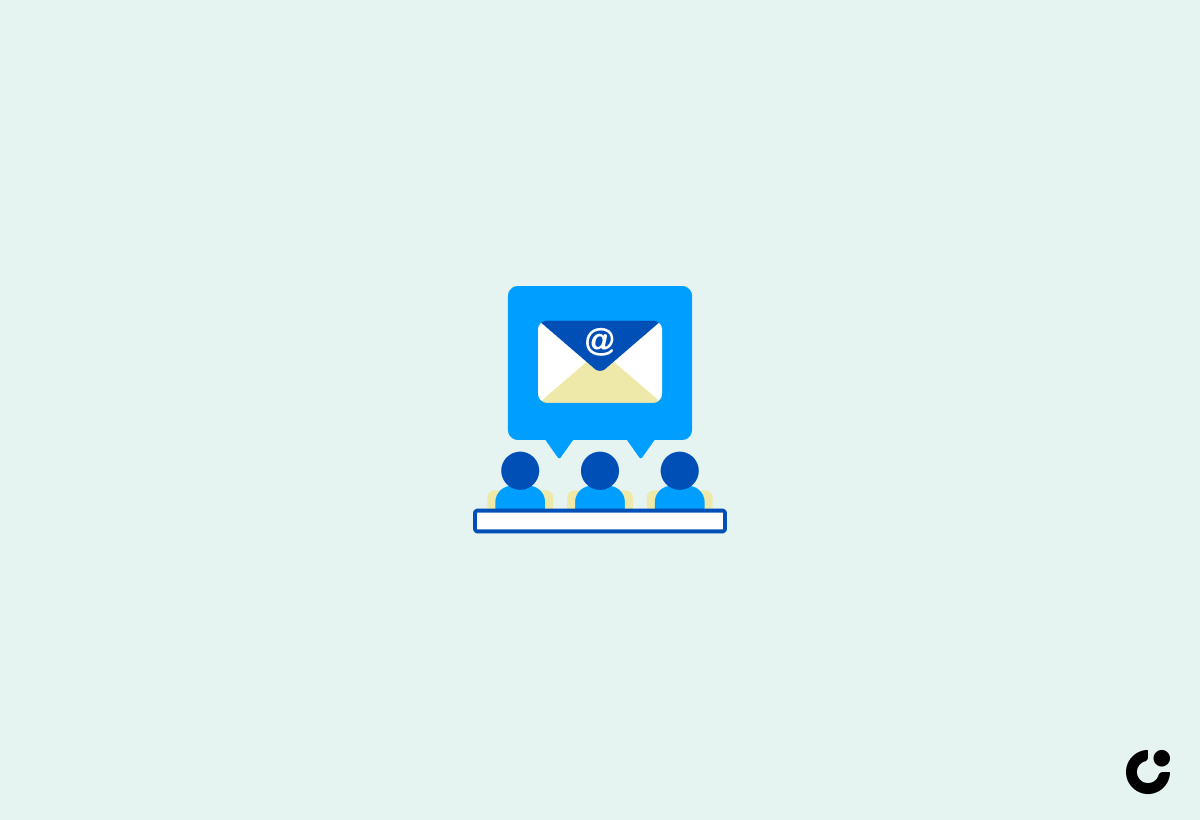
Replying to Meeting Invitation Emails with Templates streamlines the response process, enabling professionals to communicate acceptance, decline, or propose alternative arrangements effectively and efficiently.
When crafting an acceptance email, it is essential to express gratitude for the invitation, confirm attendance details, and reiterate the scheduled date and time. A concise and courteous response reflects professionalism and respect for the organizer's time.
On the other hand, declining a meeting requires tact and diplomacy. Clearly state the reason for not being able to attend, offer apologies if necessary, and suggest the possibility of future meetings or alternative means of collaboration.
When proposing alternative meeting times, provide multiple options to facilitate scheduling flexibility. Ensure clarity and coherence in your suggestions, allowing for seamless rescheduling discussions and fostering efficient communication.
Price Negotiation Email Writing with Examples

Price Negotiation Email Writing with Examples equips individuals with the skills and confidence to engage in successful price discussions through email while maintaining professionalism and clarity.
When crafting a price negotiation email, it is essential to set the right tone from the beginning by expressing appreciation for the opportunity to discuss pricing details.
One effective strategy is to highlight the value proposition of the product or service you are offering, showing how it aligns with the needs and goals of the recipient.
Emphasizing key benefits and unique selling points serves to justify the price and build a stronger case for the negotiation.
Using data or testimonials to support your claims can also reinforce your position and create a sense of credibility.
Incorporating a call-to-action that encourages mutual collaboration and a positive outcome can help steer the conversation towards a successful resolution.
Frequently Asked Questions
What is the purpose of crafting casual conversations in an informal email?
The purpose of crafting casual conversations in an informal email is to establish a friendly and relatable tone with the recipient. It helps to build a stronger connection and makes the communication feel more personal.
How can I start a casual conversation in an informal email?
You can start a casual conversation by mentioning something you have in common with the recipient, such as a recent event or shared interest. This will help to break the ice and make the conversation more comfortable.
Is it appropriate to use humor in an informal email?
Yes, using humor can be a great way to make the email more casual and lighthearted. However, make sure to use it in a tasteful and appropriate manner, and be aware of cultural differences and sensitivities.
Should I use slang or informal language in my email?
It depends on your relationship with the recipient and the context of your email. If you are emailing a close friend or colleague, using slang and informal language may be acceptable. However, if you are emailing a professional contact or someone you don't know well, it's best to stick to more formal language.
How can I ensure my casual conversation doesn't come across as unprofessional?
While it's important to maintain a casual tone, it's also important to avoid using overly informal or unprofessional language. Make sure to proofread your email and avoid using slang, offensive language, or inappropriate jokes.
What are some examples of casual conversation starters for an informal email?
Some examples of casual conversation starters could include asking about the recipient's weekend plans, commenting on a recent shared experience, or mentioning a funny or interesting article or video you came across. The key is to keep it light and genuine.

